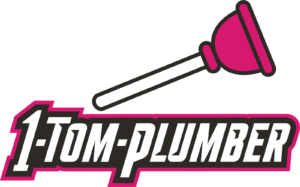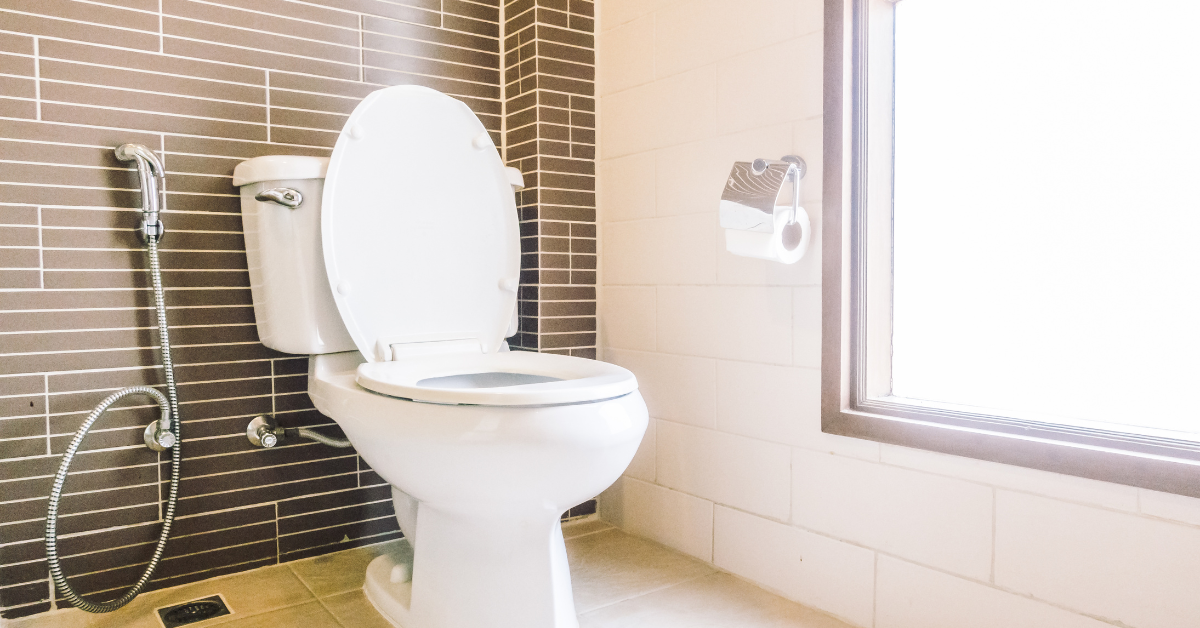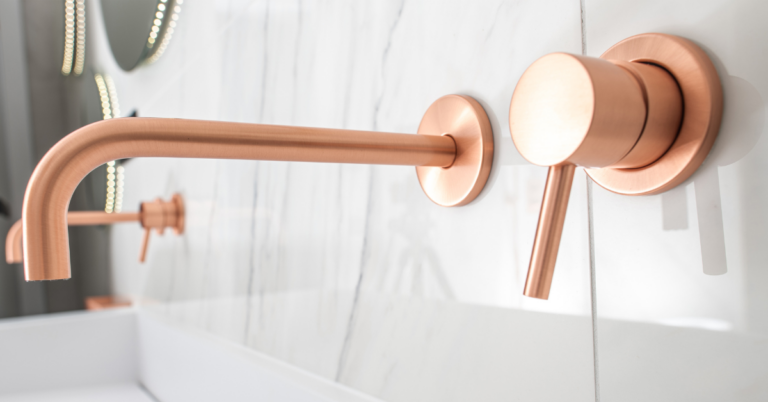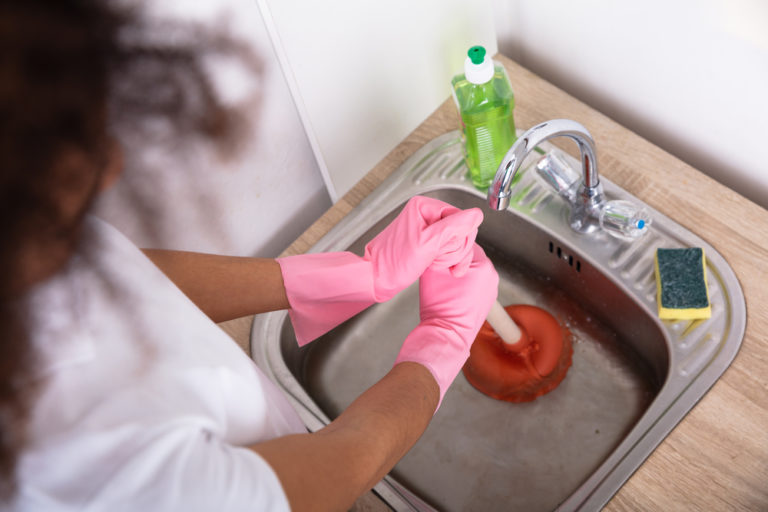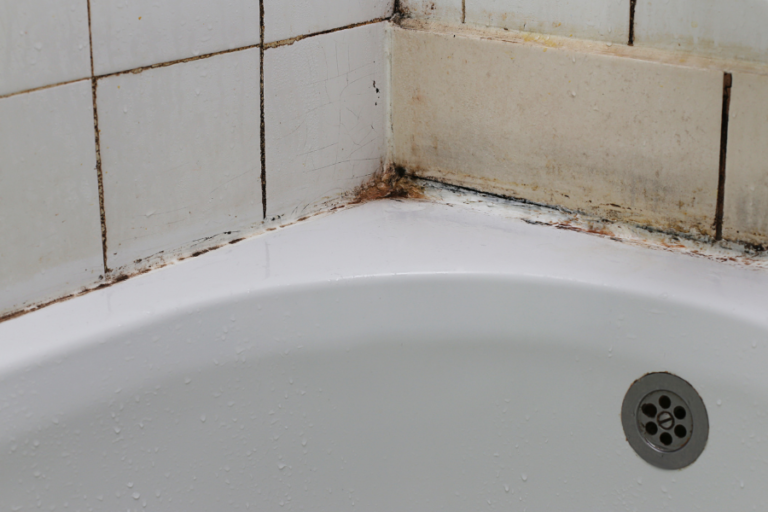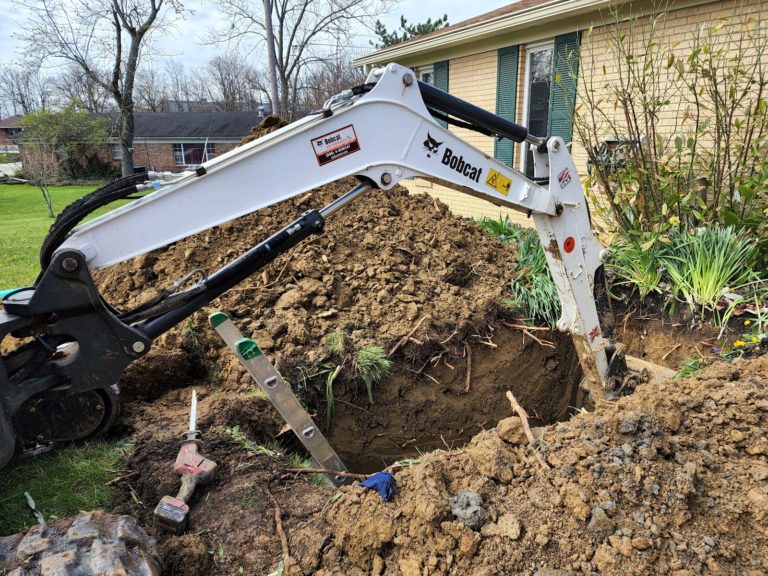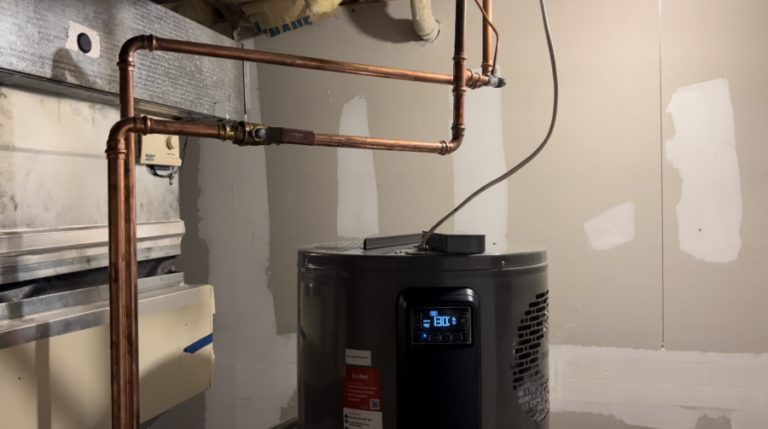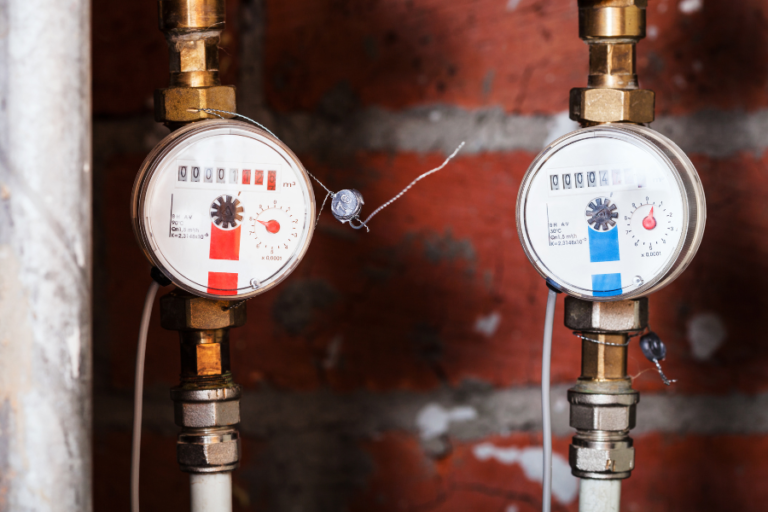How Does a Toilet Work?
If you’re here, you might be wondering how a toilet works. Toilets have existed in some form or another for thousands of years. However, the toilet as we know it now did not become widespread until after the beginning of the twentieth century.
Because toilets are so prevalent, it’s easy to overlook their water-handling engineering. This probably leads you to know how a toilet works. That’s why we’ve outlined the full process from beginning to end for you here.
The Parts of a Toilet
Toilet Bowl Siphon
The Bowl Siphon is composed of three parts: the rim, the bowl, and the siphon. They’re all important factors of how a toilet works. This section of the toilet contains no moving parts and can function independently. You’re able to “flush” your toilet by simply pouring a bucket of water into it.
This is because the siphon tube has become completely full, causing the siphon to suck all of the water from the bowl. As this happens, the siphon tube fills with air and the distinct flushing sound is heard.

The Flushing Mechanism
The flushing mechanism is located within the tank of your toilet. The flush handle on the outside of the tank is connected to a chain on the interior. When you push the flush handle, you are actually pulling the chain.
Pulling the chain raises the flush valve or flapper to which it is linked. This unlocks the drain hole on the tank’s bottom, allowing tank water to swiftly enter the toilet bowl.
The function of the toilet tank is to hold gallons of water at a time and dump it all into the toilet within seconds of pulling the lever. Because of all that water power, the many items that go into a toilet: toilet paper, waste, tissues and so on disappear within seconds of each flush.
The tank’s interior workings are the most complicated portion of the toilet. The handle, which is attached on the inside to a chain that links to the flush valve, is usually the only element of the tank that people deal with.

Refill Mechanism
The refill mechanism is a valve that controls the water supply by turning it on and off. This system detects the location of a gadget known as a float or float ball inside the tank. The float, as the name implies, floats in the tank’s water.
When the water level is low, so is the float. When the refill mechanism detects that the float is low, it opens and adds water to the tank. The float rises with the water as it enters the tank. The refill mechanism closes when the float reaches the appropriate fill level. If the float fails, the refill mechanism incorporates an overflow tube that spills surplus water into the bowl.
A flush occurs when enough water enters the bowl to activate the siphon, as you already know. The tank’s job is to convey enough water (around two gallons) through the bowl in 30 seconds so that the flush can be accomplished with a pull of the handle.
When the tank’s water supply has been depleted, the flush valve closes, allowing new water to be gathered for the next flush. The replenishment mechanism plays its function in the process at this point.
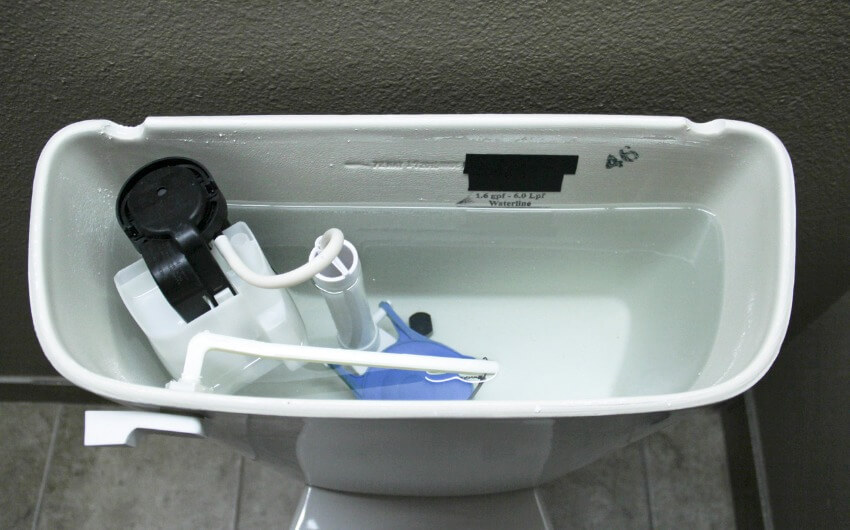
Maintaining Your Toilet
While toilets do not require much maintenance, they do require some regular care and cleaning to keep them in good operating order.
Furthermore, if you discover leaks, flushing problems, or other issues with your toilet, it’s important to repair them right away rather than neglecting the situation, which can lead to more serious damage and greater toilet problems.
Final Thoughts
In conclusion, the parts and mechanisms of what makes a toilet work might be confusing at first. But when each part of a functioning toilet is assessed, it starts to make complete sense. Hopefully, we helped you understand how a toilet works. This way if any problem ever arises, you will be able to address the problem head on.
Call 1-Tom-Plumber
Don’t hesitate to contact us here or call us at 1-Tom-Plumber (1-866-758-6237) if you need any plumbing help with the toilets in your home. 1-Tom-Plumber’s certified team of plumbers and drain technicians respond immediately to any emergency plumbing, drain cleaning, or water damage problem.
We also handle the excavation of underground water lines and sewer main lines. Our immediate-response team is available every day and night of the year, even on holidays.
